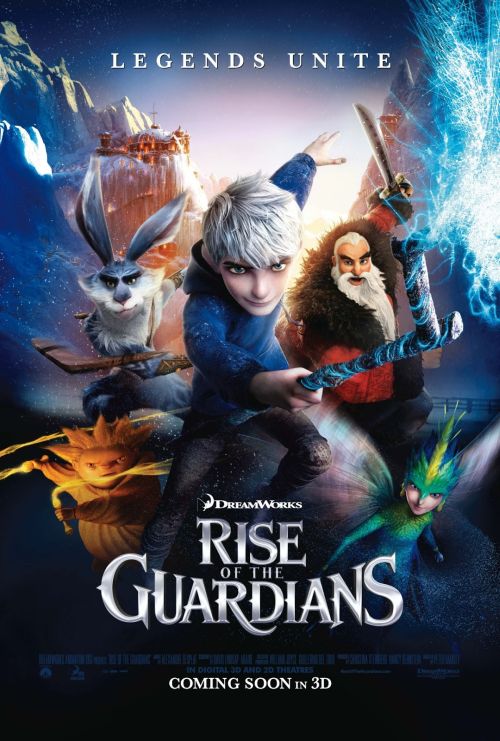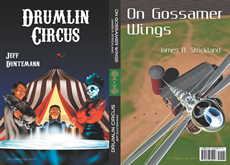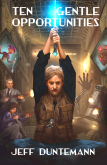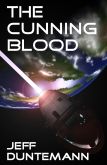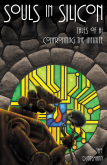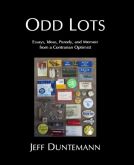
Everybody knows the story: A girl with magical golden hair is kept in a tower by her supposed mother, who somehow climbs up and down the girl’s hair to access the tower. There are a lot of variations, but as with most fairy tales, a clever screenwriter could do a lot with that.
Disney did.
Carol bought me some DVDs for my birthday, including both Cinderella (1950) and Tangled (2010). I’ve always liked cartoon movies, and those were two that we didn’t yet have in the cabinet. We watched Cinderella first. It had been a lot of years since we’d seen it, but I want to say my mother had the VHS tape and I saw it regularly as a young man. The next night, we watched Tangled. We’d seen it in theaters back in 2010, but I wanted to compare how animation had evolved across 60 years.
Wow.
Not that this was a surprise. Cinderella is good fun, but for the most part it’s a funny animals movie. Neither Cinderella nor the prince have much in the line of personalities. The side characters like her stepmother and stepsisters, the king and his grand duke, and all the chateau’s animals steal the show. I suspect that’s because Cinderella and the prince are supposed to be realistically drawn, whereas the others are caricatures. Realism in animation is hard. Caricatures, by contrast, are a snap.
Which brings us to Tangled. It may not be Disney’s masterpiece (my vote on that score is still for Fantasia) but of all the princess films it’s by far my favorite. It has a warmth that the other princess movies try for but mostly miss. The minor-key masterpiece “Let It Go” from Frozen is a remarkably bitter item if you read the lyrics, and a certain chill permeates the whole story. Even The Little Mermaid, as good as it is, depends heavily on its minor characters like Sebastian the crab and its heavy, Ursula.
With Tangled I think we see (at last) true mastery of CGI animation. Rapunzel’s hair is dazzling. This shouldn’t surprise anyone; her hair is what makes the story happen. Disney, in fact, had to develop rendering software specifically for hair. They nailed it, and Rapunzel’s hair might as well be another side character in the story. (There are many more side characters, most of whom are well-drawn yet caricatured ne’er-do-wells.) What surprised me the most was the subtlety of the facial expressions of the main characters Rapunzel and Flynn/Eugene, big-eye characters though they be. (The big eyes keep us out of the uncanny valley, I’m pretty sure.) Cinderella’s face had three or four different expressions. Rapunzel’s face flowed smoothly across a whole spectrum of emotions. Even her pet chameleon Pascal (great name!) could show emotion without speaking a single word. At some point I think the animators were showing off: Rapunzel is barefoot for the whole film, and her feet are animated realistically, right down to her toes.
There are a couple of funny animals, especially the hero horse Maximus, who at times thinks and acts like a dog. The animals, however, do not steal the show. What steals the show are the subtle and dazzling backdrops, especially the scenes with the film’s core motif, the candle-lofted flying lanterns. If you’ve never seen the film, you can see the lantern scene during the big love song “I See the Light” on YouTube. I consider that song, hands-down, the best love song from any Disney animated film. I could easily sing Flynn’s part about Carol.
None of this is to dump on Cinderella. It was the best Disney could do in 1950, and I’ll see it again for the mice alone. But Tangled represents something that animation has been working toward in fits and starts for more than a century: an emotionally engaging fantasy world full of startlingly beautiful things. You may have to mellow out a little bit to enjoy it to the fullest; it’s not an action film at heart. So if you can stream it or buy the disc, pour yourself a glass of wine, kick back and just let it take you.
Highly recommended.
